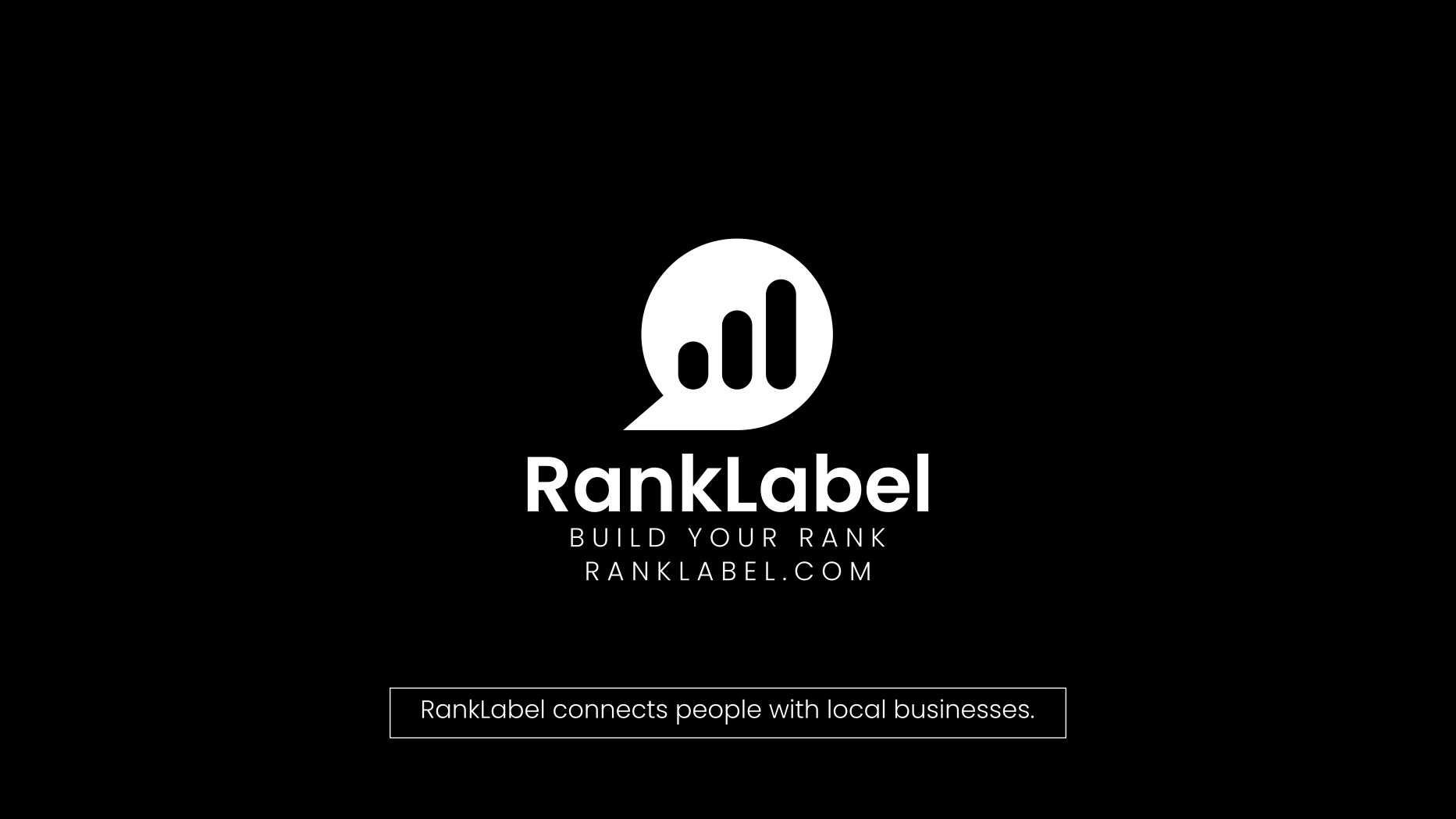Exploring the Frontiers of Innovation: How Personalized and High-Speed 3D Printing Are Revolutionizing Industries

The advent of 3D printing technology has ushered in a new era of manufacturing, characterized by its ability to create complex and customized products at unprecedented speeds. This technology, once a novelty confined to labs, has now expanded across various sectors, including art, manufacturing, and bespoke product creation. Personalized 3D printing, high-speed 3D printing, and custom 3D printing services are not just enhancing efficiency; they are redefining the possibilities within these fields.
What is Personalized 3D Printing?
Personalized 3D printing is a process where 3D printing technology is used to create tailored items based on individual specifications. This method leverages digital model files that can be adjusted to meet the unique needs or preferences of a person, making it possible to produce one-of-a-kind products. From prosthetics and orthotics to personalized gifts and unique home decor, the applications of personalized 3D printing are vast and varied.
The Advantages of High-Speed 3D Printing
As the demand for rapid production and prototyping increases, high-speed 3D printing technology is gaining significant traction. This innovative approach not only accelerates the manufacturing process but also helps businesses reduce costs and improve product availability. The benefits of high-speed 3D printing include:
- Increased Efficiency: Significantly faster than traditional 3D printing, high-speed systems can produce items in minutes, which previously took hours.
- Cost Reduction: Faster production times mean less energy consumption and labor costs, resulting in cheaper production cycles.
- Scalability: Businesses can scale their production up or down quickly, responding adeptly to market demands without the burden of excessive inventory.
Custom 3D Printing: Tailoring to Consumer Needs
Custom 3D printing stands at the core of the modern maker movement, enabling both individuals and companies to create bespoke products. This flexibility is integral not only in customizing designs according to customer specifications but also in modifying them in real-time based on feedback. Custom 3D printing supports a wide range of materials and technologies, making it versatile for various applications, from intricate jewelry design to functional automotive parts.
3D Printing for Artists: Unleashing Creative Potential
For artists, 3D printing offers a realm of possibilities that was unthinkable just a few decades ago. It allows for the creation of complex geometries that are impossible to achieve with traditional sculpting methods. Moreover, 3D printing for artists democratizes the production of art by making replication and distribution easier. Key benefits for artists include:
- Innovation in Form: Artists are not limited by the constraints of traditional materials and techniques, encouraging unprecedented forms and structures.
- Accessibility: Easier access to production means artists can experiment more freely without the prohibitive costs typically associated with traditional manufacturing.
- Collaborative Art: The digital nature of 3D design allows artists to collaborate remotely, combining different styles and disciplines effortlessly.
3D Printing for Businesses: Transforming Manufacturing Landscapes
3D printing technology is a game-changer for businesses across various industries. By integrating 3D printing into their production lines, companies can not only streamline processes but also foster innovation and creativity. The impact of 3D printing on businesses includes:
- Prototyping: Businesses can rapidly prototype new ideas, testing and refining designs much faster than with traditional methods.
- Inventory Management: 3D printing allows for on-demand production, which significantly reduces the need for storing large volumes of inventory.
- Customization: Companies can offer personalized products as part of their regular services, providing a competitive edge in the market.
Challenges and Future Prospects in 3D Printing
Despite its many benefits, 3D printing also presents challenges such as the cost of 3D printers and materials, the need for skilled operators, and concerns over intellectual property rights in the context of easily replicated designs. However, ongoing advances in technology are continually addressing these issues, promising an even more streamlined and cost-effective future.
The future of 3D printing is likely to be characterized by even faster production speeds, greater material variety, and increased adoption across sectors. As machine learning and AI technologies integrate with 3D printing, we can anticipate smarter systems capable of self-optimization and even more intricate customization options.
Conclusion
The revolutionary impact of personalized 3D printing, high-speed 3D printing, and custom 3D printing is already evident across various sectors, empowering artists, businesses, and everyday consumers to turn their unique visions into reality. As this technology continues to evolve, its accessibility and applications will only expand, further transforming our approach to design, production, and personalization. Embracing these technologies today means staying ahead in a rapidly changing world.
Whether for individual creativity, business efficiency, or market innovation, the transformative potential of 3D printing is immense. As we continue to explore these exciting frontiers, the future of manufacturing and design is set to be as limitless as our imagination.










